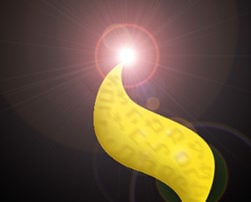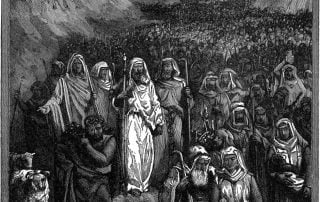Breaking Symmetry
And Moses turned, and went down from the mount, with the two tablets of the testimony in his hand; tablets that were written on both their sides; on the one side and on the other were they written. And the tables were the work of G‑d, and the writing was the writing of G‑d, graven upon the tables… And it came to pass, as soon as he came nigh unto the camp, that he saw the calf and the dancing; and Moses' anger waxed hot, and he cast the tablets out of his hands, and broke them beneath the mount. (Ex. 32:15-19) The Torah portion Ki Tisa (Ex. 30:11-34:35) is, perhaps, has one of the most enigmatic episodes in the Torah—the breaking of the Tablets of the Covenant. The sin of the Golden [...]




